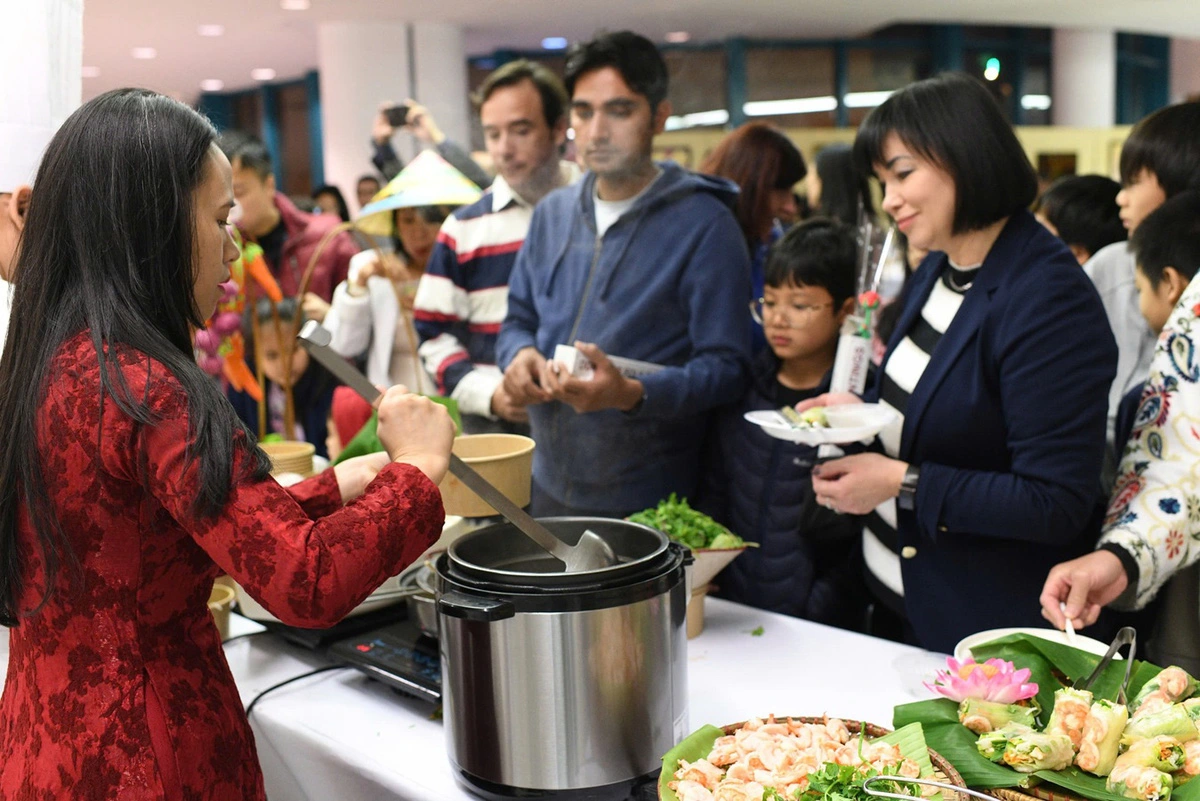The Pu Luong Natural Reserve is the largest low-lying limestone mountain forest area in northern Vietnam. Covering an area of 17,662 hectares, it contains three major forest types: thick forests on low land and mountains, forests on limestone mountains, and bamboo and bush floristic compositions.
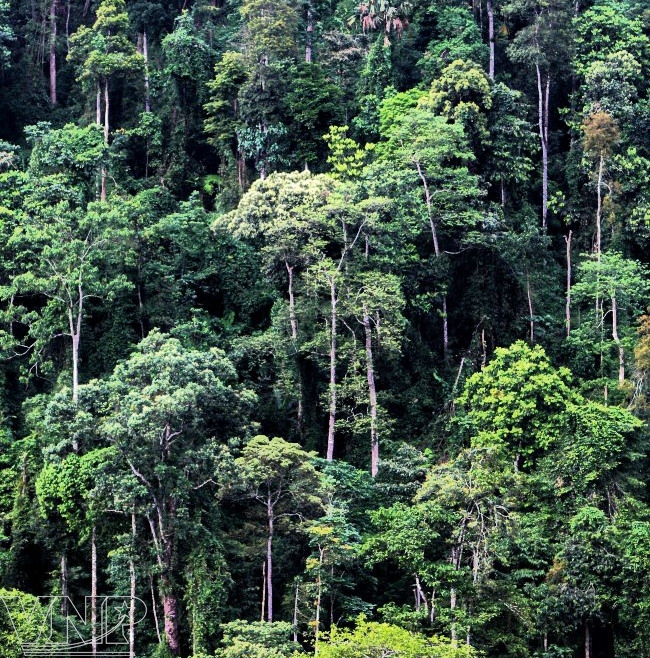
The primitive forest of old Tembusu trees at an altitude of 800-1000m. Photo: Thong Thien
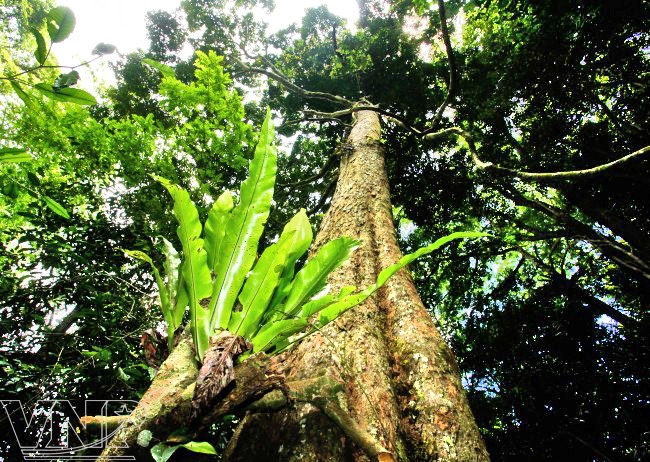
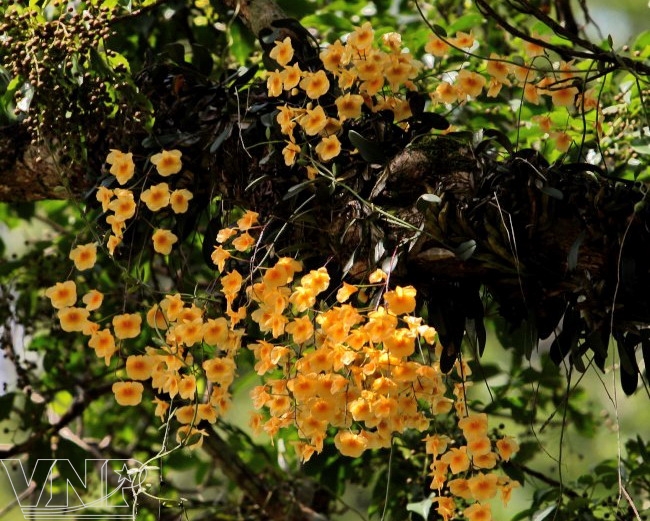
The thick canopy in Pu Luong Forest creates favorable conditions for the development of the flora. Photo: Viet Cuong
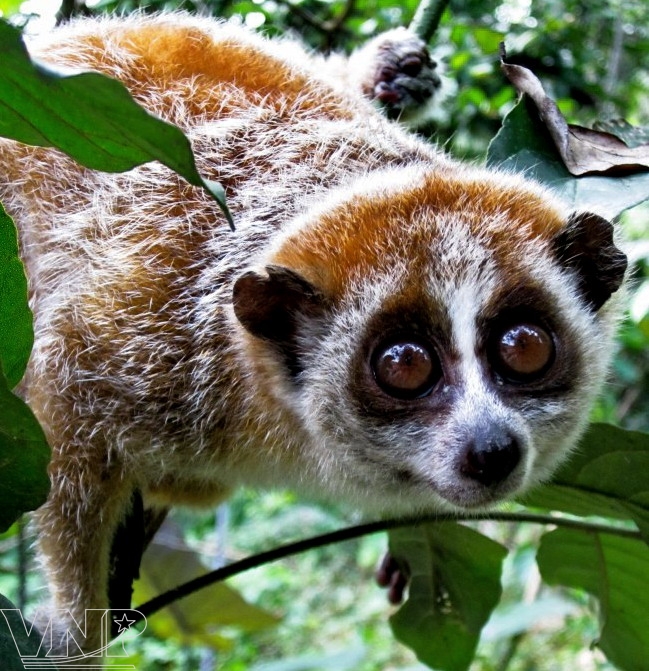
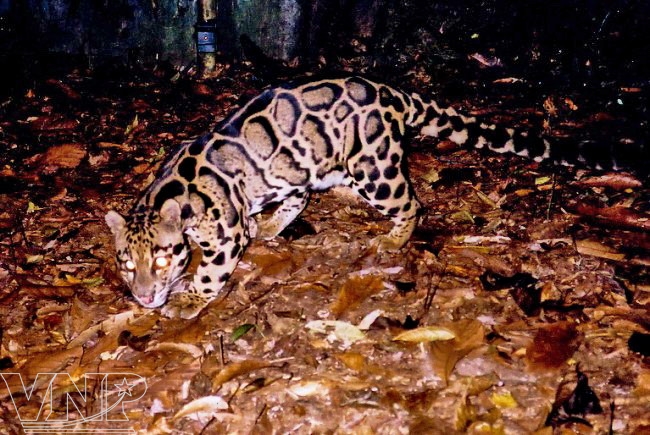
Jaguar and Loris in the Pu Luong Natural Reserve. Photo: File
The Pu Luong Nature Reserve boasts 1,109 species of vascular plants, with 447 branches and 152 families. It is home to 42 special-use plant varieties endemic to Vietnam and four species listed in the World’s Red Book. The reserve also supports nearly 600 species of animals, birds, and reptiles, including 51 precious and special-use species listed in the red books of Vietnam and the world. Notably, it is home to the second largest population of Vooc mong trang (Trachypithecus delacouri) in Vietnam, with 31-38 individuals.
Tourists can access Pu Luong Nature Reserve via Road 15C, either from Lac Village in Mai Chau, Hoa Binh to Highway 47 and then Road 15C at Co Luong crossroad, or from the Ho Chi Minh Trail, turning right at Cam Thuy Town, Thanh Hoa Province to reach Road 15C at Canh Nang Town. Various tour options are available, including exploring the natural landscape and ecological forests, experiencing the customs and habits of the Thai and Muong people, and embarking on an adventurous climb to Pu Luong peak, which stands at an altitude of 1700m.
During their visit, tourists can admire the immense terraced fields, learn about traditional farming methods, and discover mysterious caves in Hang and Kho Muong Hamlets. Hieu Hamlet is a must-visit destination, featuring water wheels and two grandiose waterfalls. After a day of exploration, tourists can stay in spacious houses-on-stilts and engage in eco-community tours organized by the local ethnic people. These tours aim to improve living standards, protect the environment, and offer opportunities to savor local cuisine and traditional performances.
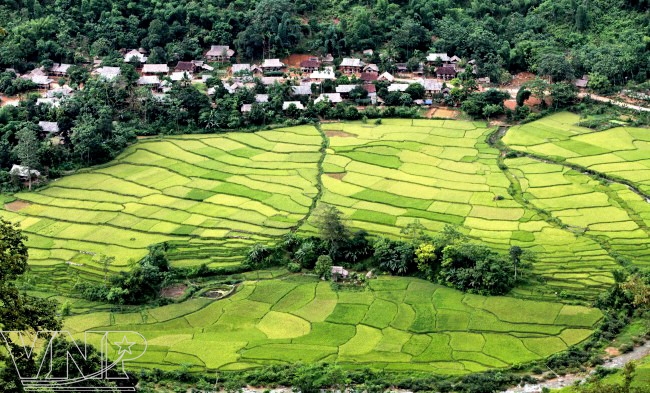
A hamlet of the Thai people with wonderful terraced fields. Photo: Viet Cuong
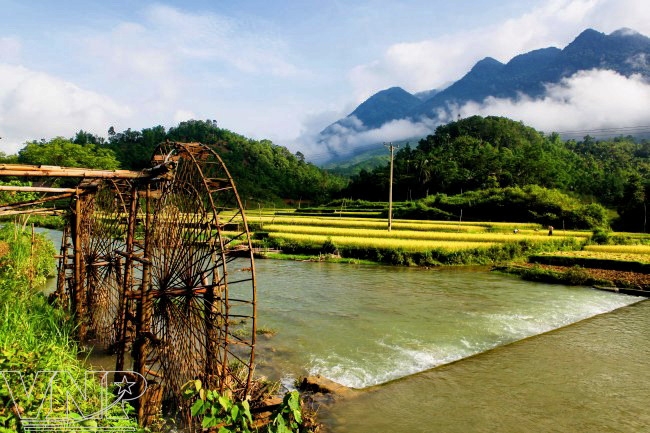
The Thai people use water wheels to irrigate the terraced fields. Photo: Thong Thien
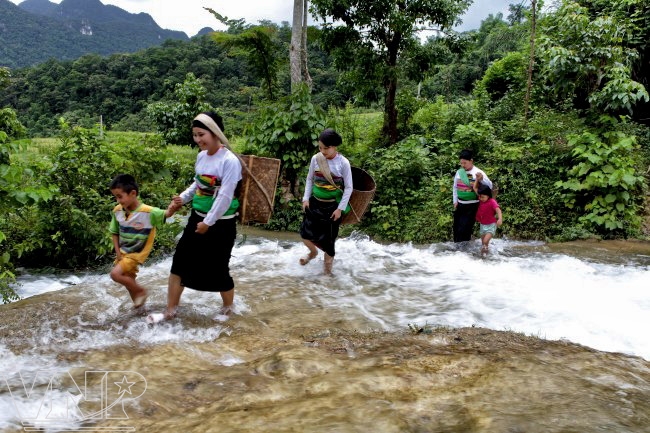
Visiting Pu Luong offers a chance to immerse in the daily life of the Thai people. Photo: Thong Thien
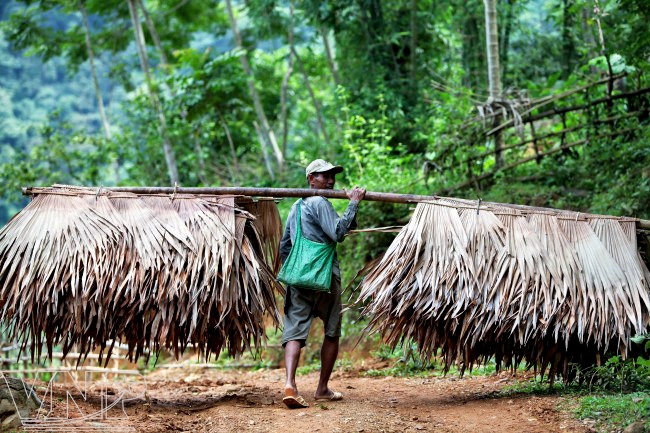
To preserve biodiversity, local people only gather dry forest products for their livelihoods. Photo: Viet Cuong
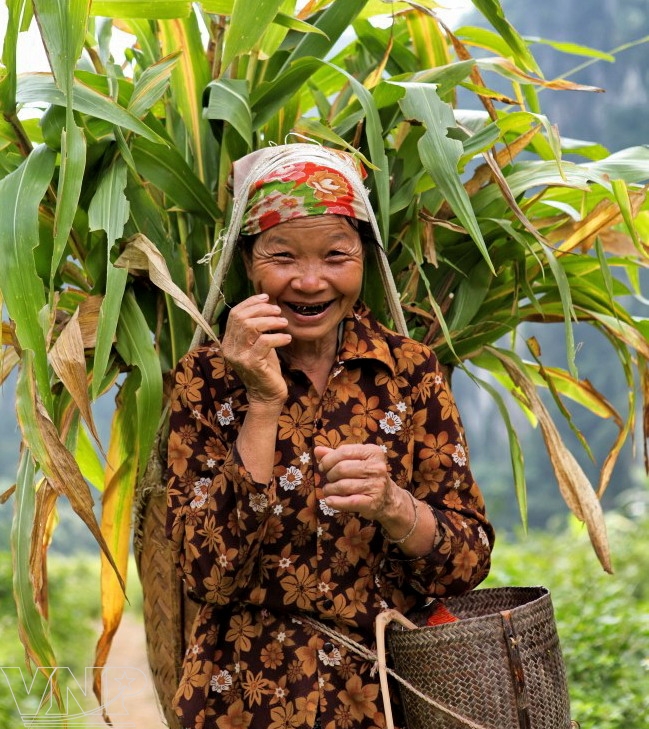
The Thai people in Hieu Hamlet. Photo: Viet Cuong
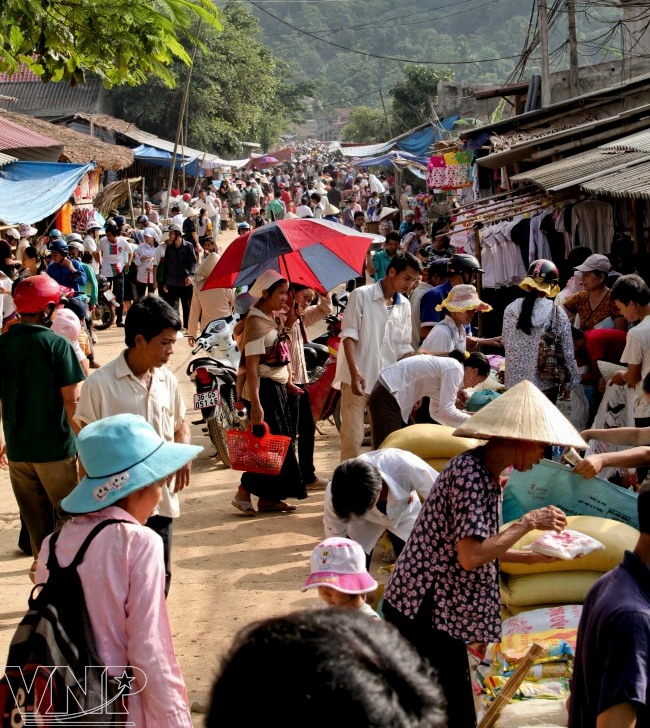
Market day for the Thai people in Pu Luong. Photo: Thong Thien
After a day of exploring Pu Luong, tourists can enjoy a stay in the airy and spacious houses-on-stilts of the local ethnic people. These eco-community tours aim to improve living standards and protect the environment, providing tourists with an opportunity to savor delicious dishes, such as Com lam (sticky rice cooked in bamboo tubes) and banana inflorescence salad, while enjoying traditional dances and songs.



